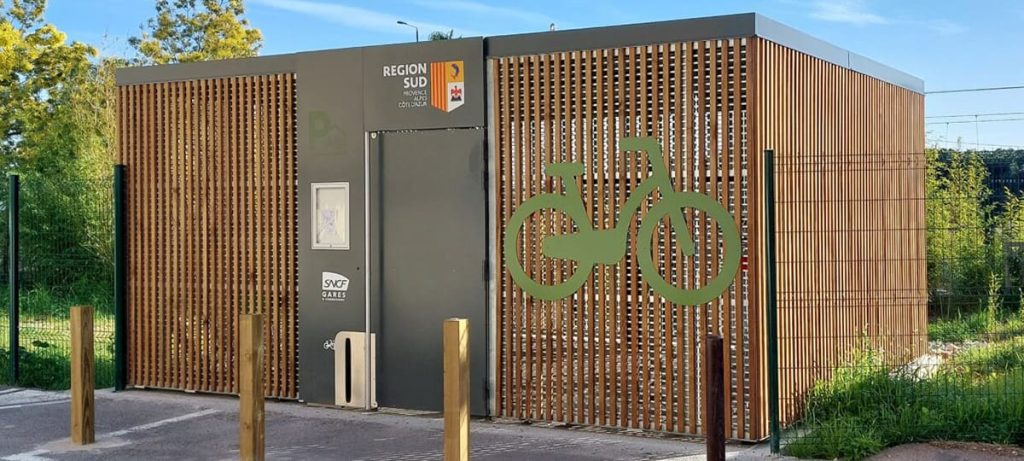With the growth in soft mobility, cycle parking facilities are diversifying. But not all cycle shelters are created equal: some offer better protection against theft, while others are designed for local authorities or for individual use.
The main types of bike shelters
Collective closed bike shelters
These are enclosed, secure spaces shared by multiple users. They are commonly found in residential buildings, businesses, or public facilities. They consist of a fully enclosed structure, usually with secured access. These shelters provide protection against theft and bad weather. Access is granted to anyone with a key or badge. Since the spaces are not individually assigned, users may sometimes face parking availability issues.
Discover
Individual bike shelters
They are designed to accommodate one bike at a time, with a personal locking system. These shelters are often installed on public streets or in secured parking areas. These small individual units allow users to benefit from a fully private space, where personal belongings can also be stored inside the box.
Ideal for commuting or long-term parking in high-risk areas, they are easy to monetize through subscription systems. This is the most secure type of shelter, as only the user has access to their individual unit.
Discover
Bike canopy
These are the simplest type of shelters: they provide partial protection for bikes against the weather but remain accessible to everyone. Low-cost, they allow municipalities, shopping centers, or businesses to offer free and immediate bike parking. They are recommended for short-term parking, as they offer only limited protection against theft.
Discover
Key differences between types of shelter
Open versus closed shelters
Open shelters
Security: Very low (exposed to theft)
Weather protection: Partial
Monetisation: Difficult (free use)
Cost: Low
Typical usage: Short-term
Closed shelters
Security: High (controlled or individual access)
Weather protection: Total
Monetisation: Easy (subscription, pay-per-use)
Cost: Higher, but more durable
Typical use: Medium to long term
Community shelters vs. individual shelters
Collective shelters
Capacity: Several bikes
Flexibility: Less (shared access)
Safety: Good, but depends on the level of control
Space : Optimised
Unit cost: Lower
Business model: Rarely paid for by the user
Individual shelters
Capacity: 1 bike per unit
Flexibility: Maximum (personal access)
Safety: Very good (individual locking)
Space : Comfort, more space per user
Unit cost: higher than for collective housing
Business model: Frequently paid or subscription-based
Comparison of solutions
Open shelter
✓ Security: Low
✓ Access: Free
✓ Cost: €
✓ Recommended uses: Shopping, short stops
✓ Monetization possible: No
Closed shelter
✓ Security: Medium
✓ Access: Shared
✓ Cost: €€
✓ Recommended uses: Co-ownership properties, businesses
✓ Monetization possible: Yes
Bicycle locker
✓ Security: Very high
✓ Access: Personal
✓ Cost: €€€
✓ Recommended uses: Train stations, city centers, long-term parking
✓ Monetization possible: Yes
How to choose the right bike shelter?
The choice of the right bike shelter depends on the context.
- For parking areas in city centers or near train stations, closed shelters, whether individual or collective, offer an excellent balance between security and flexibility, while allowing for cost-effective management.
- For municipalities, businesses, or co-ownership properties, collective closed shelters provide a good level of security while optimizing space.
More
